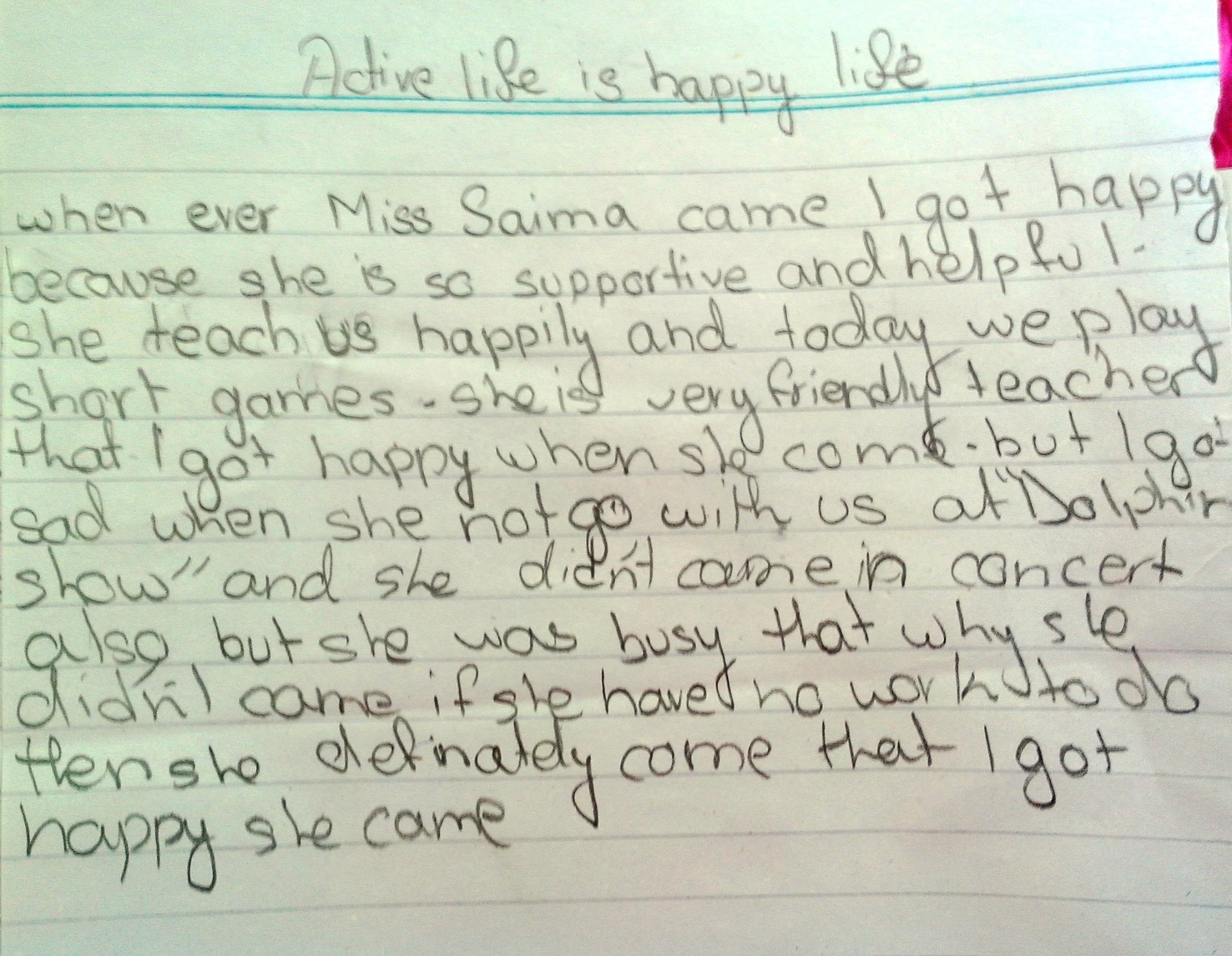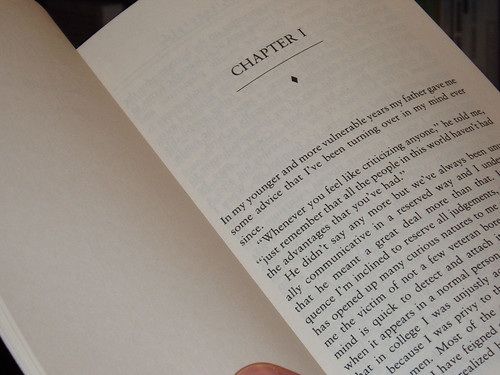25: What is the best way to “scale” a good idea? #LifeWideLearning16 @MrChase
— Ben Wilkoff (@bhwilkoff) January 25, 2016
I hate it when people ask how we can start doing something “at scale.” There’s a physical, visceral, almost-dry heaving reaction that ripples through my body. I hear questions of scale and begin to think about Ford’s assembly line, Old Navy commercials, and genetically-engineered corn.
Solving hunger in Pittsburgh is different than solving hunger in Puerto Rico. Both of those are different than solving hunger in Peoria.
I don’t want scale, I want equity, and I want fairness. While scale can make both of those possible, we often conflate taking something to scale as establishing equity.
For instance, a district that claims has taken its 1:1 student-to-device ratio to scale has ensured depth of scale. They have scale at the surface. Everyone has a device, and I can point to the places where the usage of those devices is almost assuredly maintaining inequity if not exacerbating it.
If we must talk of scale, though, and I sense that we must, let’s at least add some nuance to our thinking and our conversations.
For me, this comes in one of the best lessons I ever learned in a classroom when Professor Archon Fung explained the following six sizes of social change. Here are his six ways of thinking about scale:
- number of people affected
- geographic spread across jurisdictions
- critical mass in population segment
- size of impact on individuals affected
- scope and durability of individual impact
- sustainability of effort over time
- total individuals and assets engaged
This is a 3-D model for thinking about scale, and hopefully, you start to see how the best efforts are able to move to scale along each of these factors. Teach a person to fish, and you’ve fed them for life. Teach all people to fish, and you’ve fed all of them for as long as the fish hold out. Teach a population to responsibly manage aquacultures while identifying other sources of food, and you’ve built a world that can eat and has something to live for.
Scale is more complicated than, “Did we get everyone?” It should be, because everyone is complicated.




